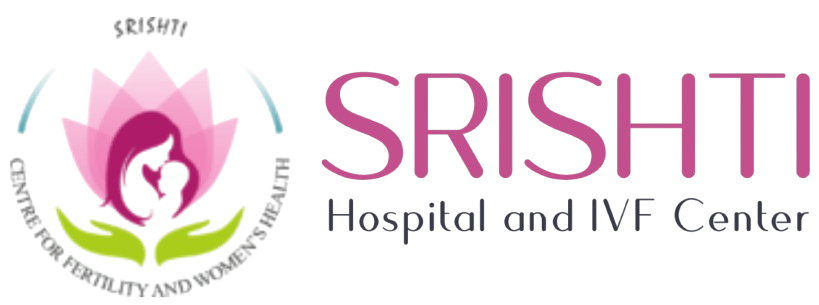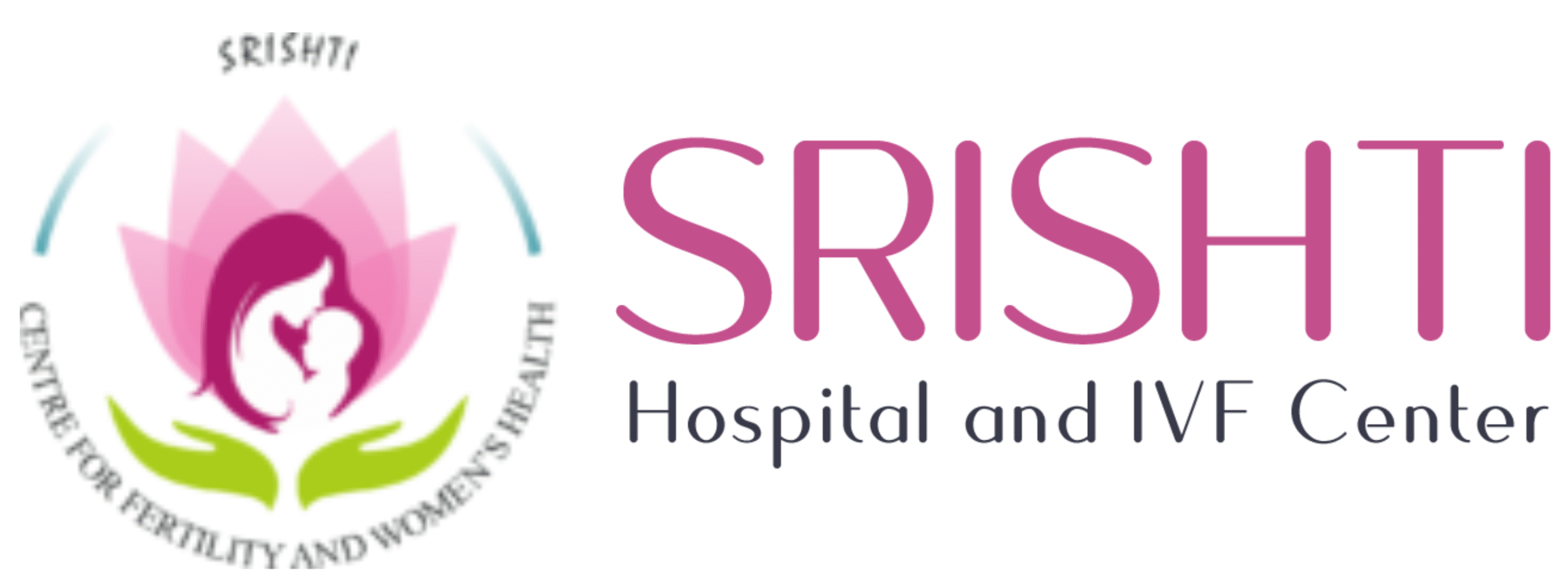Pregnancy Symptoms in Hindi – Pehla Ehsaas, Pehli Khabar!
Pregnancy ka ehsaas every woman ke life me ek special moment hota hai. Khushi, chinta – every feeling together ish naye jeevan ki shuruaat ko yaadgar banate hai. Lekin women aksar sochte hain ki pregnancy symptoms in hindi kya hote hain aur kaise pata karein ki wo pregnant hain. Is blog mein hum aapko early pregnancy symptoms in hindi, 1 month pregnancy symptoms in hindi, 2 month pregnancy symptoms in hindi, aur starting pregnancy symptoms in hindi ke baare mein poori jaankari denge. Pregnancy ke Shuruaati Lakshan Jab body mein conception hota hai, toh isse pehchaanne ke liye kuch early signs milte hain. In signs ko samajhna women ke liye bahut zaroori hai taaki time pe proper care li ja sake. 1. Period ka Rukna Pregnancy ke sabse mamooli aur mahatvapoorn lakshan me se ek period ka rukna hai. Yadi aapki period tiwidhya se uske baad skip ho gayi hai aur lifestyle me koi beemaatreet change nahi hui hai, toh ye sabse pehli pregnancy ka indikashan ho sakta hai. 2. Matli aur Ulti Morning sickness yani subah ki matli aksar early pregnancy me hoti hain. Ye early pregnancy symptoms in hindi me hote hai aur kabhi-kabhi throughout the day bhi feel ho sakta hai. 3. Thakan aur Energy me Kami Pregnancy ke time hormonal changes hote hain. Isse aapko zyada thakan aur sleep ki zarurat mehsoos ho sakti hai. Body naye life ko nurture karne me energy expend kar raha hota hai. 4. Breasts me Changes Pregnancy symptoms in hindi me ek aur common sign hai breasts me sensitivity aur swelling. Nipples aur surrounding area me color change aur tenderness ye indicate karta hai ki body hormones ke liye prepare kar raha hai. 5. Mood Swings Hormonal changes ke wajah se early pregnancy me mood swings common hain. Kabhi khushi, kabhi udaasi – ye normal hai aur manage kiya ja sakta hai. 1 Month Pregnancy Symptoms in Hindi Pehle month me body me small but significant changes feel hote hain: Ye sab symptoms of pregnancy in first month in hindi ke under aate hain aur indicate karte hain ki body pregnancy ke liye adjust ho raha hai. 2 Month Pregnancy Symptoms in Hindi Second month me symptoms aur clear ho sakte hain: Ye sab 2 month pregnancy symptoms in hindi ke examples hain. Early Pregnancy Symptoms in Hindi Early pregnancy symptoms in hindi me kuch aur signs include hote hain jo pehle weeks me notice kiye ja sakte hain: In signs ka dhyan rakhein aur timely checkup karwana zaruri hai. Starting Pregnancy Symptoms in Hindi Starting pregnancy symptoms in hindi me aur bhi kuch mahaatvapoorn changes aate hain: Ye symptoms aamtaur par first trimester me notice hote hain aur samaayojan ho jate hain jaise-jaise pregnancy progress karti hai. Other Common Symptoms of Pregnancy Ye sab bhi pregnancy symptoms in hindi aur LSI keywords me naturally include hote hain. Tips for Pregnancy Symptoms FAQ – Pregnancy Symptoms in Hindi (Hinglish Version) 1. Pregnancy ke shuruaati lakshan kya hote hain? Answer: Pregnancy ke early symptoms me period ka rukna, matli aur ulti, thakan, breasts me sensitivity aur mood swings shamil hain. Ye sab pregnancy symptoms in hindi me aate hain. 2. 1 month pregnancy ke kya symptoms hote hain? Answer: 1 month pregnancy symptoms in hindi me mild matli, breasts me swelling, thakan, mood changes aur light stomach cramps include hote hain. 3. 2 month pregnancy me kaunse symptoms hote hain? Answer: 2 month pregnancy symptoms in hindi me vomiting me increase, bar-bar pee karna, bloating aur breasts ki sensitivity common hai. 4. Kya early pregnancy me mood swings normal hain? Answer: Haan, hormonal changes ke wajah se early pregnancy me mood swings normal hain. Kabhi khushi, kabhi udaasi – ye common hai. 5. Pregnancy symptoms ko kaise confirm karein? Answer: Agar aap pregnancy symptoms in hindi feel kar rahi hain, toh sabse reliable way hai home pregnancy test ya doctor se blood test/ultrasound karwana. 6. Early pregnancy me kya dhyan rakhein? Answer: Symptoms ko monitor karein, healthy diet aur hydration maintain karein, aur regular doctor checkups karein. 7. Kya pet me mild cramps bhi early symptom ho sakte hain? Answer: Haan, starting pregnancy symptoms in hindi me light cramps normal hote hain, lekin severe pain ho toh doctor consult karein. 8. Kya 1 month me bhi nausea aur vomiting ho sakti hai? Answer: Haan, kuch women 1 month pregnancy symptoms in hindi ke dauraan mild nausea aur vomiting feel kar sakti hain. 9. Early pregnancy symptoms different woman me aise hota hain kya? Answer: Haan, har woman ka body aur hormonal response alag hota hai, isliye pregnancy symptoms in hindi vary kar sakte hain. 10. Professional guidance ke liye kaha jaye? Answer: Couples apni pregnancy journey ke liye Srishti Fertility par rely kar sakte hain jahan safe aur personalized guidance available hai. Conclusion Pregnancy ek beautiful aur life-altering experience hai. Pregnancy symptoms in hindi ko samajhna aur recognize karna har couple ke liye beneficial hai. First trimester me symptoms ko dhyan se monitor karein aur apni health ka khayal rakhein. Professional guidance ke liye couples Srishti Fertility se advice le sakte hain, jo unka pregnancy experience safe, smooth, aur memorable banati hai. Follow srishtifertility on Facebook
Pregnancy Symptoms in Hindi – Pehla Ehsaas, Pehli Khabar! Read More »






